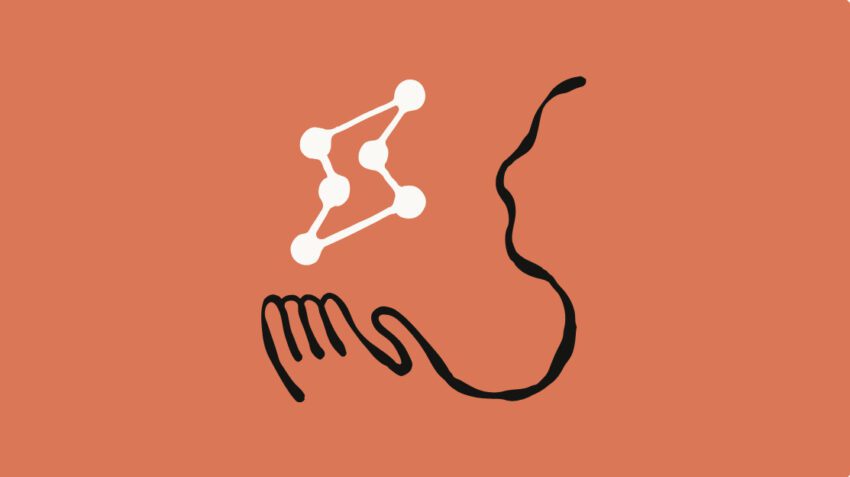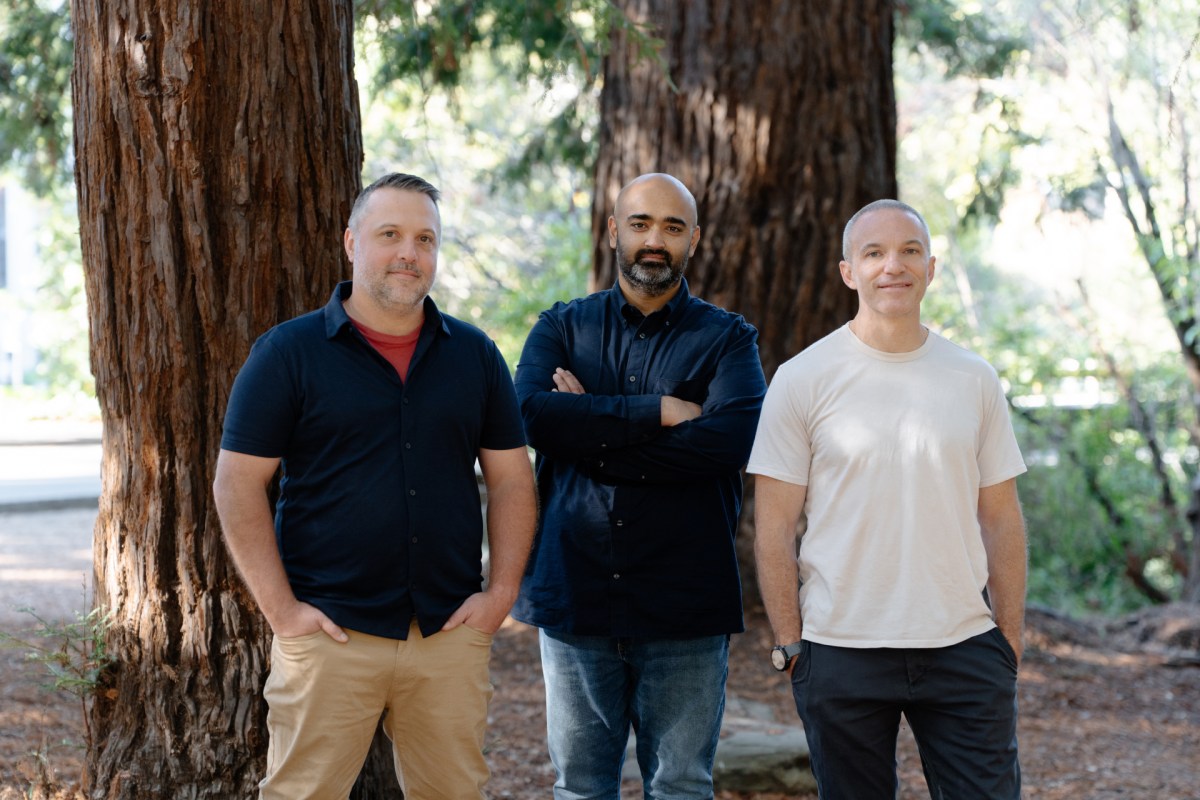
anthropic s claude haiku 4 5 matches Anthropic has unveiled its latest AI language model, Claude Haiku 4.5, which reportedly matches the performance of its previous frontier model, Claude Sonnet 4, while offering significant cost and speed advantages.
anthropic s claude haiku 4 5 matches
Overview of Claude Haiku 4.5
On Wednesday, Anthropic announced the release of Claude Haiku 4.5, a small AI language model that aims to deliver performance comparable to its more advanced counterpart, Claude Sonnet 4, which was launched just five months ago. The new model is now available to all users of the Claude app, web interface, and API. Notably, Haiku 4.5 is said to operate at one-third the cost of Sonnet 4 and more than twice the speed, marking a significant advancement in AI technology.
Performance Benchmarks
If the performance benchmarks reported by Anthropic are validated through independent testing, the implications are substantial. The ability of Haiku 4.5 to match some capabilities of its cutting-edge coding model from only five months ago—and even rivaling GPT-5 in coding tasks—demonstrates a remarkable leap in efficiency and performance. This development is particularly significant as it suggests that smaller models can achieve high levels of functionality without the extensive resource requirements typically associated with larger models.
Understanding the Claude Family of Models
To better appreciate the advancements represented by Claude Haiku 4.5, it is essential to understand the structure of the Claude family of models. Anthropic offers three distinct model sizes: Haiku (small), Sonnet (medium), and Opus (large). Each model is built on increasingly larger neural networks, which generally provide deeper contextual knowledge and enhanced capabilities. However, these larger models also come with increased operational costs and slower processing speeds.
- Haiku: The smallest model, designed for efficiency and cost-effectiveness.
- Sonnet: The medium model, which balances performance and resource consumption.
- Opus: The largest model, offering the most extensive capabilities but at a higher operational cost.
Distillation Technique
A key factor in the development of smaller models like Haiku 4.5 is the technique known as distillation. This process allows companies like Anthropic to create smaller AI models that can perform tasks similar to those of larger, older models. Distillation involves training a smaller model to replicate the behavior of a larger model, effectively compressing the knowledge and capabilities into a more efficient format. While this approach can yield impressive results, it often comes at the cost of some stored knowledge, which may be omitted in the smaller models.
Implications of Haiku 4.5
The introduction of Claude Haiku 4.5 has several implications for the AI landscape. First and foremost, it challenges the prevailing notion that larger models are inherently superior. The ability of a smaller model to match the performance of a larger one—while also being faster and cheaper—could shift the focus of developers and businesses toward optimizing smaller models for specific tasks.
Cost Efficiency
The cost efficiency of Haiku 4.5 is particularly noteworthy. In an era where operational costs can be a significant barrier to entry for many businesses, the ability to utilize a high-performing AI model at a fraction of the cost opens up new opportunities. Smaller companies and startups, in particular, may find it easier to integrate advanced AI capabilities into their products and services without incurring prohibitive expenses.
Speed and Performance
In addition to cost, the speed of Haiku 4.5 is a critical factor. The model’s ability to process tasks more than twice as fast as its predecessor means that users can expect quicker responses and enhanced productivity. This speed advantage could be particularly beneficial in applications that require real-time data processing, such as customer service chatbots, content generation, and coding assistance.
Stakeholder Reactions
The release of Claude Haiku 4.5 has elicited a range of reactions from stakeholders in the AI community. Developers and businesses are particularly excited about the potential for cost savings and increased efficiency. Many see this as a turning point that could democratize access to advanced AI capabilities.
Industry Experts
Industry experts have noted that the advancements in smaller models like Haiku 4.5 could lead to a paradigm shift in how AI is developed and deployed. Some experts argue that this trend may encourage more companies to invest in research and development focused on optimizing smaller models, rather than solely pursuing larger, more resource-intensive solutions.
Concerns and Considerations
However, not all reactions have been overwhelmingly positive. Some experts caution that while smaller models may offer impressive performance metrics, they may still lack the depth of knowledge and contextual understanding that larger models provide. This could limit their effectiveness in more complex tasks that require nuanced understanding or extensive background knowledge.
Future of AI Models
The introduction of Claude Haiku 4.5 raises important questions about the future of AI models. As companies continue to explore the balance between size, speed, and cost, it is likely that we will see further innovations in model design and training techniques. The success of Haiku 4.5 may encourage other AI developers to pursue similar strategies, leading to a new wave of smaller, more efficient models that can compete with their larger counterparts.
Potential Applications
The potential applications for Claude Haiku 4.5 are vast. From enhancing customer service experiences to automating coding tasks, the model’s capabilities could be leveraged across various industries. Some potential applications include:
- Customer Support: Businesses can utilize Haiku 4.5 to power chatbots that provide quick and accurate responses to customer inquiries.
- Content Creation: The model could assist writers and marketers in generating high-quality content more efficiently.
- Coding Assistance: Developers may find Haiku 4.5 useful for automating code generation and debugging tasks.
Conclusion
In summary, the release of Claude Haiku 4.5 represents a significant milestone in the evolution of AI language models. By matching the performance of larger models while offering substantial cost and speed advantages, Anthropic has positioned itself as a leader in the field. As the AI landscape continues to evolve, the implications of this development will likely resonate across various sectors, shaping the future of AI technology.
Source: Original report
Was this helpful?
Last Modified: October 16, 2025 at 12:36 am
0 views















